When planning for retirement, you need to look at multiple sources of income and be sure that some of the income sources are tax-free. The more, the better. So, how do you plan for a retirement income stream that minimizes overall taxation?
Four Instruments that Provide tax-free Retirement Income
Here are four great ways to provide yourself with tax-free.
- Roth IRA is a great retirement investment that can result in a steady stream of tax-free retirement income as long as they are considered qualified. However, you must qualify for an IRA and the requirements are adjusted year by year as is the amount eligible for savings. Withdrawals prior to age 59 ½ or prior to the account being opened for 5 years, whichever is later, may result in a 10% IRS penalty tax. Future tax laws can change at any time and may impact the benefits of Roth IRAs. Their tax treatment may change.
If you do qualify, money put into a Roth IRA is taxed when you receive it, so it is not taxed again when it is withdrawn. In 2018, the eligibility requirements are:
- Single or head of household, earning less than $120,000 to fully contribute to a Roth IRA.
- Married filing jointly or a qualified widow(er) earning less than $189,000 to fully contribute to a Roth IRA.
- Married filing separately earning less than $10,000 to fully contribute to a Roth IRA. (Note that those married but filing separately can use the limits for single people as long as they have not lived with their spouse in the past year)
- Municipal Bonds and Funds provide income distributions not taxable by the federal government though they are may be subject to state income tax. Because they are not subject to federal income tax, interest paid on these bonds is typically less than taxable bonds.
There is no income limit to investing in tax-free municipal bonds and funds.
- Health Savings Accounts (HSAs) are available if your employer offers health insurance using an HSA. Combined contributions by the employer and employee to this account as of 2018 can be as high as $6,900.00 for qualifying plans.
Following the rules about which expenses are reimbursable, no taxes are paid on withdrawals.
In addition, the HSA funds and earnings can be held until retirement then uses to provide tax-free income by reimbursing the holder for past and current allowable expenses which include Medicare premiums.
- Roth 401(k) or 403(b) allow Roth contributions inside these accounts making those contributions and their subsequent retirement earnings, tax-free. These accounts are not subject to income eligibility limits but they are subject to taxes in the year that contributions are made.
Making the Most of Your Home
Another way to make a smart investment for your retirement is to pay off any mortgage that you have on your home before you retire which allows you to live in your home for the cost of property taxes and home insurance alone.
For many retirees, this is a huge reduction in their monthly expenses allowing the money be used elsewhere.

